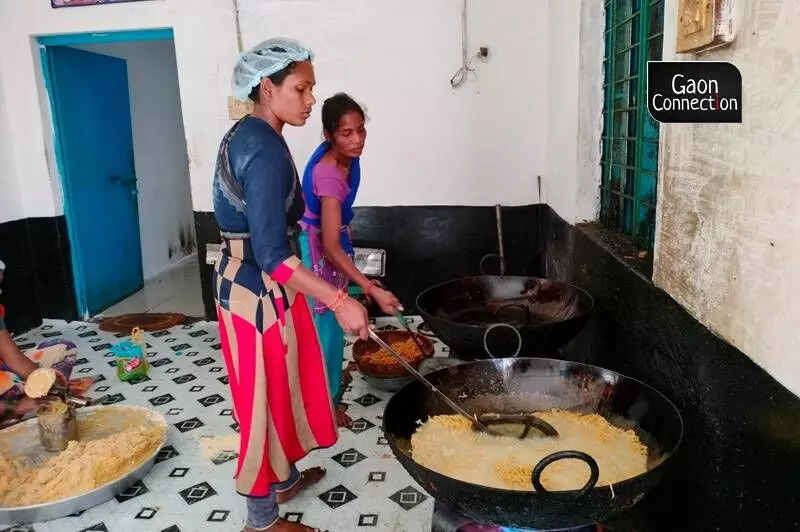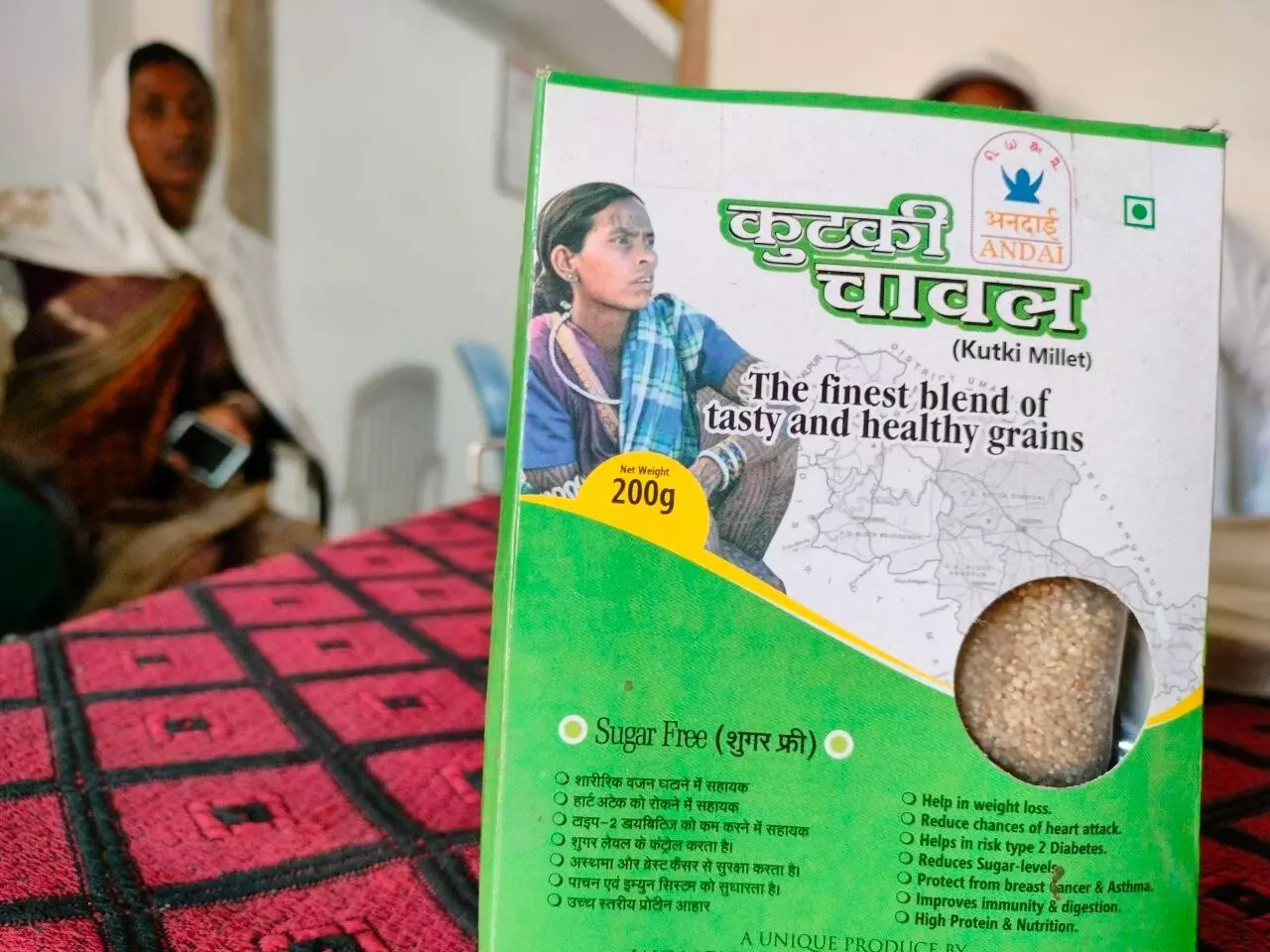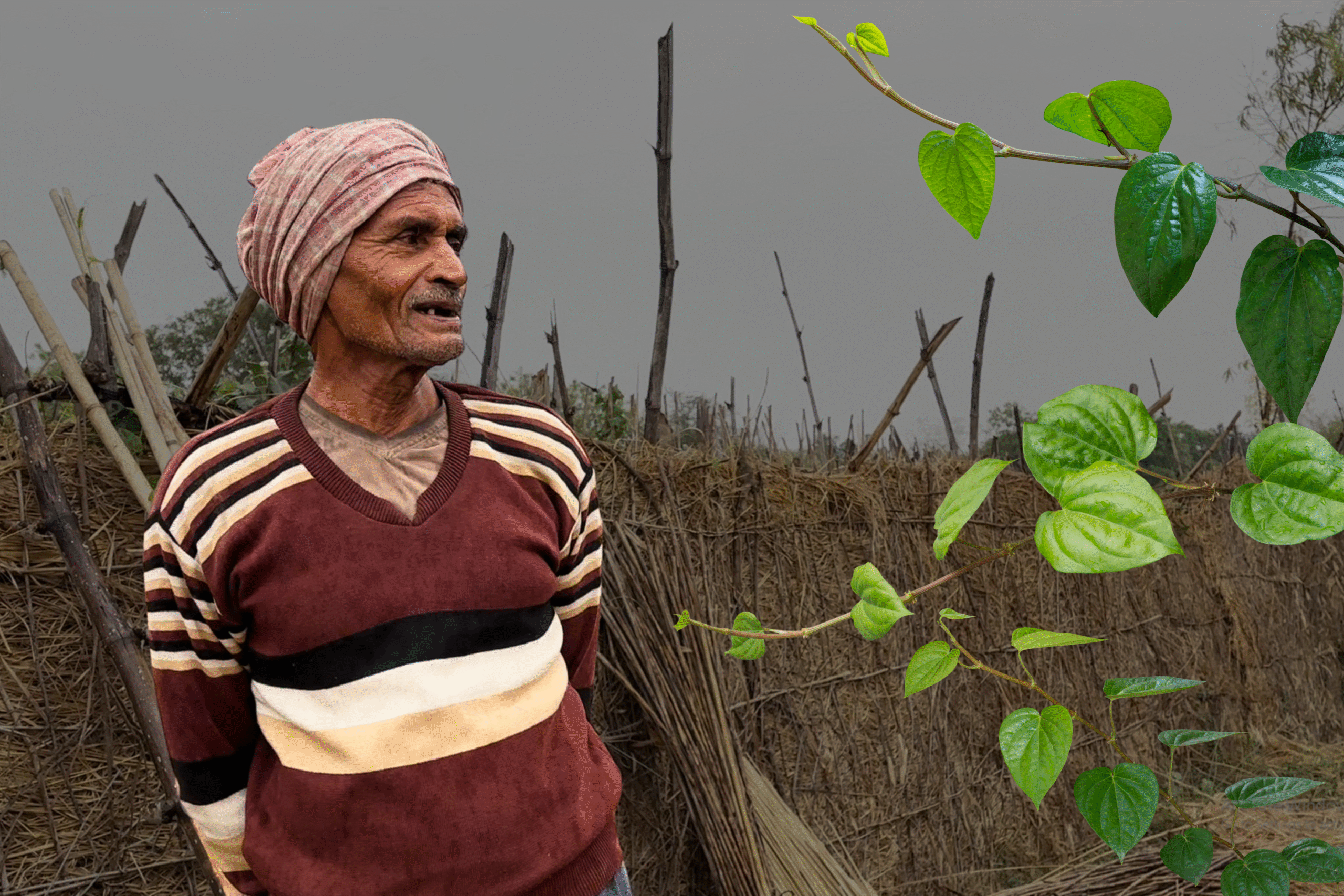Mehadwani (Dindori), Madhya Pradesh
A women-led initiative to revive the once forgotten Kodo and Kutki millets in Madhya Pradesh’s adivasi-dominated Dindori district has ushered in a wave of prosperity and betterment for the local farmers.
In the past couple of years, a large number of adivasi farmers have taken up cultivation of their traditional millet varieties, and tribal women are making nutritious products out of kodo (Paspalum Scrobiculatum) and kutki (Panicum Sumatrance). As a result of the revival of these indigenous varieties of millets, as many as 17,000 farmers and 386 adivasi women from 47 villages have benefitted socio-economically.
The contribution of Rekha Pandram, secretary of the Nari Chetana Mahila Sangh — a federation of women’s SHGs in the district — in reviving the Kodo-Kutki millets is instrumental to the effect that she was invited by the United Nations to lead a presentation on empowering rural women in 2017.
The 38-year-old resident of the Phulwahi village is the secretary of the Nari Chetana Mahila Sangh — a federation of women-farmer self-help groups [SHGs] in 47 villages. She belongs to the Gond adivasi community which, besides the Baiga tribe, is known for cultivating the Kodo and Kutki varieties of millets.
“Our aim was to encourage farmers to grow these millets. We started off with a samooh [SHG] of 10 women in 2008. Gradually, when nine such samooh were formed, we appointed two members from each samooh to table proposals at the gram sabhas [village councils]. The year 2014 marked a major breakthrough. A total of 275 such samooh from 47 villages proposed processing millets to make marketable products like cookies,” Pandram told Gaon Connection.
“Our proposal was accepted by the Mahila Vitt Vikas Nigam and we were helped by the government in setting up food processing units. This had a cascading effect on the livelihoods here. Today, as many as 18,000 rural women in the Dindori district are earning better incomes, thanks to Kodo and Kutki millets,” she said.
Revival of Kodi-Kutki led to better incomes
The efforts to revive the Kodo and Kutki in Dindori district have led to better incomes for farmers who grow these millets as well as the women members of SHGs who process it to make marketable products like cookies, breakfast cereals, biscuits, snacks, and sweets.
Pandram recalled that earlier, before the processing and marketing of these millets, the farmers were getting Rs 12 per kilogramme of Kodo-Kutki millets. “But now these farmers are getting up to Rs 80-Rs 90 per kilogramme,” she told Gaon Connection.
Also Read: Vocal For Local — An alliance with millets
Balchand Dhurve, a farmer from Phulwahi village told Gaon Connection that from being able to barely provide enough food to his family, selling grains to the samooh now gets him enough profits to earn a respectable livelihood.
“The samooh also taught me techniques to increase production of millets. Today, I harvest up to five quintals [500 KGs] of millets. This increase in production and profits has reduced the migration from my village. Earlier, men used to migrate to cities like Nagpur and Hyderabad in search of livelihoods but now there is enough money back home to be able to afford living with our families,” Dhurve said.

The revival of the Kodo and Kutki millets in Dindori has been supported by the International Fund for Agricultural Development (IFAD).
Similarly, Gangawati, a woman farmer from Kanhari village told Gaon Connection that the end of monopoly of the local traders has cheered up the villagers.
“They used to buy at cheap prices. Today we get upto Rs 2,800 per quintal for Kodo and Rs 2,600 for Kutki. The profits are even better when we also work at samooh to make cookies and biscuits from these millets. Overall, life has improved a lot,” she said.
However, there were some initial hiccups in persuading farmers to grow these millets. Pandram, the secretary of the federation, told Gaon Connection that farmers were uncertain about growing millets with modern techniques.
“They were resistant to change. Also, they believed that traditional farming was best suited for them and they barely paid heed towards the maintenance of their crops and were not motivated to change their working practices. But once some farmers began making profits after we counselled them, others soon joined in and the millet cultivation grew multifold,” she said.
Vital support of UN agency
The revival of the Kodo and Kutki millets in Dindori has been supported by the International Fund for Agricultural Development (IFAD). It is an international financial institution and a specialised agency of the United Nations which works towards eradication of poverty in the rural areas of developing countries.
IFAD’s Tejaswini Rural Women’s Empowerment Programme (TRWEP) which started off in 2007 in Dindori and wrapped up in 2018 provided the financial support for the revival of these millets and setting up of the SHGs and the food processing units.

According to Yashwant Sonwane, the programme manager of TRWEP, the rural welfare programme initially began by connecting the SHGs and developing the cluster of these SHGS from 347 villages in the form of a federation.
“The terrain in the Mehadwani block is not suitable for regular crops like wheat and paddy. The land here is mostly barren, hilly and infertile and only Kodo and Kutki millets can be cultivated here. We started overseeing the cultivation of these millets in 2014 and initially 1,500 women farmers joined us. We trained them on getting optimum harvest and helped these farmers access markets,” Sonwane told Gaon Connection.
Also Read: UP: Unnao’s first women-led SHG for Thai guava cultivation promises better incomes for farmers
“The entire millet market has changed today. Earlier, these poor tribal farmers were absolutely dependent on the local traders who bought their produce and dirt cheap prices. The revival of the millets was impossible without bringing about a change in the market. The federation also buys these millets from the farmers at higher prices than the local traders which has now increased the market value of the produce,” he added.

According to Yashwant Sonwane, the programme manager of TRWEP, the rural welfare programme initially began by connecting the SHGs and developing the cluster of these SHGS from 347 villages in the form of a federation.
Apart from the physical buying and selling of the Kodo and Kutki millets, Sonwane informed that the local farmers are also able to sell their harvest at digital marketing platforms through the federation.
It is learnt that a total of 386 adivasi women are directly working for the federation and are paid monthly salaries of Rs 5,000. Indirectly, a total of 17,230 women farmers and SHG members are benefitting from the promotion of these millets.
“Prior to 2008, the women barely contributed to the decision making processes in their households alone at the gram sabha level. But today, the entire rural economy and society is centred around women. Women sarpanch [head of the rural administration in a village], zila panchayat members and elected leaders are now a common sight in Dindori,” he said proudly.




















